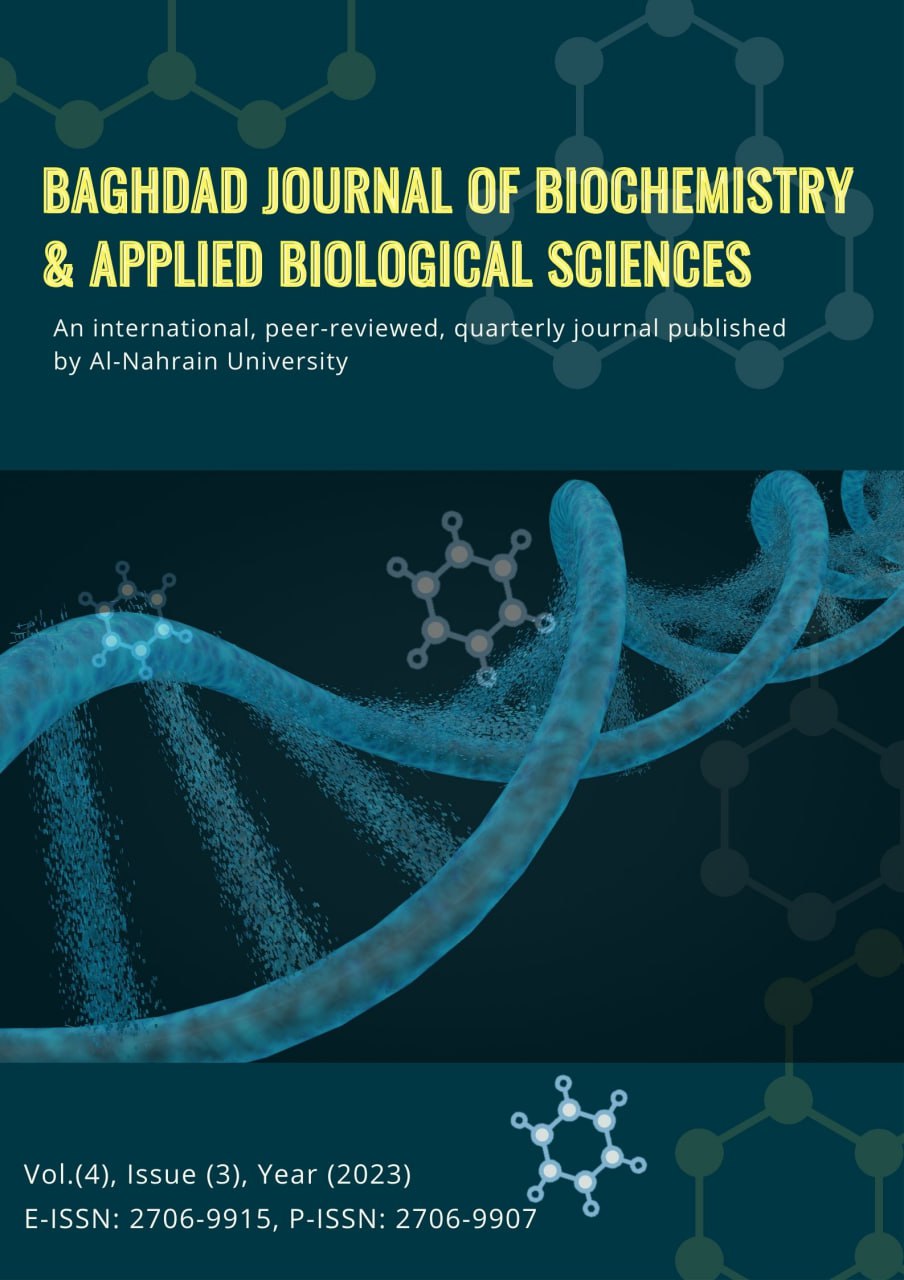Polymer Brushes: Novel Surfaces for Biomedical Applications
DOI:
https://doi.org/10.47419/bjbabs.v4i03.260Keywords:
Polymer brushes , Protein Adsorption, Tissue EngineeringAbstract
Polymer brushes play an important role in surface modification techniques to improve the biocompatibility of modified surfaces inside the human body for different biological and biomedical applications. This modification gives the ability to control biointerfacial interactions such as cell attachment, protein adsorption, and bacterial biofilm formation. Surface modification with polymer layers can be utilized to alter the surface properties, including biocompatibility, antifouling ability, corrosion resistance, and wettability, and it can be achieved by immobilization or spraying of polymers from solution. Also, it is easy to graft polymers with reactive end groups onto surfaces, leading to the formation of polymer brushes at high density, which have specific features, such as chemical robustness, tunable mechanical properties and the flexibility to use polymers of different chemistry or the introduction of bifunctional polymers for specific immobilization of other molecules, especially proteins and enzymes. The specific properties of polymer brushes make them ideal candidates to be used in the biomedical field. For example, polymer brushes can be synthesised on different substrates, particularly metallic and non-metallic surfaces. The technique is flexible in nature, which enables the terminal functional groups of the attached chains to be tailored with ligands for enhancing cell adhesion and proliferation while at the same time preventing non-specific adsorption of other proteins. In addition, Due to interfacial attachment to biomaterials, polymer brushes can be designed to encourage cells to attach and grow through simple modification and conjugation processes, finding applications in drug delivery, implants and tissue engineering Polymer brushes play an important role in surface modification techniques to improve the biocompatibility of modified surfaces inside the human body for different biological and biomedical applications. This modification gives the ability to control biointerfacial interactions, such as cell attachment, protein adsorption, and bacterial biofilm formation. Surface modification with polymer layers can be utilised to alter the surface properties, including biocompatibility, antifouling ability, corrosion resistance, and wettability, and it can be achieved by immobilisation or spraying of polymers from solution. Also, it is easy to graft polymers with reactive end groups onto surfaces, leading to the formation of polymer brushes at high density, which have specific features, such as chemical robustness, tunable mechanical properties and the flexibility to use polymers of different chemistry or the introduction of bifunctional polymers for specific immobilisation of other molecules, especially proteins and enzymes. The specific properties of polymer brushes make them ideal candidates to be used in the biomedical field. For example, polymer brushes can be synthesised on different substrates, particularly metallic and non-metallic surfaces. The technique is flexible, which enables the terminal functional groups of the attached chains to be tailored with ligands for enhancing cell adhesion and proliferation while at the same time preventing non-specific adsorption of other proteins. In addition, due to interfacial attachment to biomaterials, polymer brushes can be designed to encourage cells to attach and grow through simple modification and conjugation processes, finding applications in drug delivery, implants and tissue engineering.
Metrics
Downloads
References
- Zhao, B. and. Brittain, WJ., Polymer brushes: Surface-immobilized acromolecules. Prog. Polym. Sci., 2000. 25(5): p. 677-710.
- Tugulu, S., et al., RGD—Functionalized polymer brushes as substrates for the integrin specific adhesion of human umbilical vein endothelial cells. Biomaterials, 2007. 28(16): p. 2536-2546.
- Moroni L, Gunnewieket MK, Benetti EM. Polymer brush coatings regulating cell behavior: Passive interfaces turn into active. Acta biomater. 2014;10(6):2367–2378. 10.1016/j.actbio.2014.02.048.
- Al-Ani, A., et al, Tuning the Density of Poly(ethylene glycol) Chains to Control Mammalian Cell and Bacterial Attachment. Polymers, 2017, 9(8): p. 343.
- Al-Ani, A., et al, The Influence of PEG-Thiol Derivatives on Controlling Cellular and Bacterial Interactions with Gold Surfaces. Appl. Surf. Sci., 2018, 462: p. 980-990.
Downloads
Published
Issue
Section
Categories
License
Copyright (c) 2023 Ahmed Al-Ani, Emad Yousif

This work is licensed under a Creative Commons Attribution 4.0 International License.
The authors retain all proprietary rights, including copyright, such as patent and trademark rights and rights to any process or procedure described in the article.









